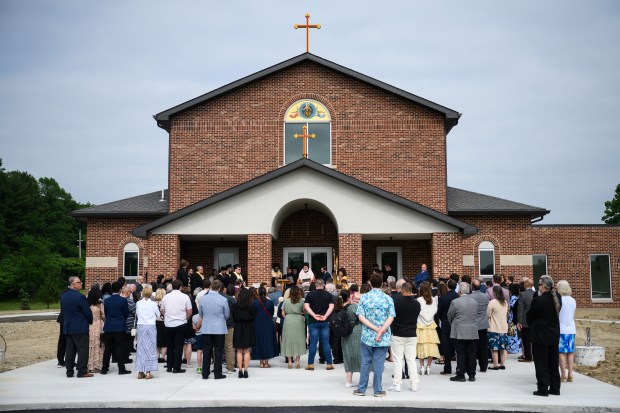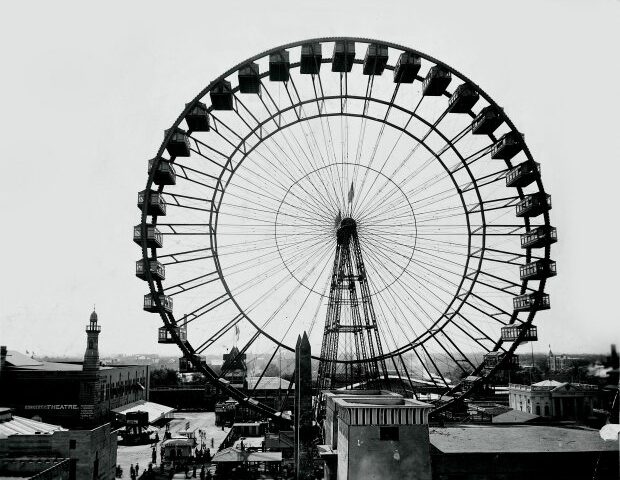The Kane County Forest Preserve District will soon put in place a new policy designed to reduce light pollution, which officials say hurts wildlife in and around the district’s preserves.
The policy will require that all future outdoor lighting installed by the Forest Preserve District be useful, targeted, low-level, controlled and warm-colored, according to Patrick Chess, the district’s director of natural resource management.
Speaking to the Forest Preserve Commission at a meeting on June 11, he said that the policy was created by looking at standards developed by DarkSky International, a nonprofit organization dedicated to fighting light pollution.
The policy changes, which were unanimously approved by the commission and go into effect on July 1, will help to protect insects, birds, amphibians and other wildlife from the negative effects of artificial lighting, Chess said.
“There are a lot of different reasons why cutting down on nighttime light pollution and maintaining a dark night sky are important,” he said at the meeting. “Chief amongst those, for the Forest Preserve District as a conservation entity, is just that light pollution has a lot of negative impacts on our wildlife populations.”
In a report to the commission, Forest Preserve District officials said that artificial lights can confuse migratory birds that depend on moonlight and starlight to navigate. At best, this means that birds waste precious energy investigating the light, and at worst it causes the birds to crash into buildings and die, Chess said.
Artificial light also disrupts the breeding habits of amphibians, according to Chess. He said these animals “sing” at night to find mates and reproduce, but they will only “sing” when it is dark enough.
Rare insects are also impacted by artificial light, since they may be fatal attraction sources for those drawn to light, the report says.
The Forest Preserve District will now be required to follow the standards and principles of DarkSky International whenever installing new outdoor lighting, whether in new construction or during renovation projects.
However, this is not expected to have a significant impact on the district’s budget because compliant lights and fixtures are available at competitive prices, according to the report. Plus, replacements will take place over time as other projects come up instead of all lights being brought into compliance in one large project.
An internal audit is planned to categorize all outdoor lighting across the district’s 23,000 acres, according to Chess. He said this audit, which will be taken on by the Environmental Sustainability Team, will identify which light fixtures need to be brought into compliance with the new policy.
Then, as time and funds become available, these fixtures can be upgraded, he said.
The major difference between compliant light fixtures and those that would not be allowed under the new policy is shielding, according to Chess. He said this shielding would prevent light from going up, instead directing it only to the ground, he said.
The new policy will also require outdoor lighting to be warm-toned, specifically a correlated color temperature of 3000 Kelvin or lower, unless the light is used for outdoor sports. For sports-related lighting, the correlated color temperature can be as high as 5700 Kelvin.
Fixtures not used for outdoor sports will be required to keep any “uplight,” or light sent up into the air, at less than 0.5% of its total light or 50 lumens of light, whichever is lower.
That number is even lower, 10 lumens, for the UL zone, which is the lower level of the uplight zone at a measure of 90 to 100 degrees from the ground connection of the lighting fixture.
The fixtures not used for sports will also be required to have a dimming capability to at least 10% of its full light rating and have a safety certification by an independent laboratory.
To ensure that lighting fixtures stay as they were tested, they will be required to have a fixed mounting.
For sports-related lighting, at least 85% of the total lumens generated by the downward-aimed fixtures will be required to fall within the targeted area.
Plus, only active sports fields will be lit after dusk, and those lights will be set to automatically go off no later than 11 p.m. or two hours after the close of business, whichever is later.
Strobe lights and laser lights, including laser light shows, will be prohibited for new construction under the new policy. Flashing lights will only be permitted for use in security systems, which must be turned off within 30 minutes or during a security response.
All uplighting will be prohibited except for lighting government flags, such as the American flag, or a government-endorsed flag. Lighting used to outline a building will also be prohibited.
rsmith@chicagotribune.com




